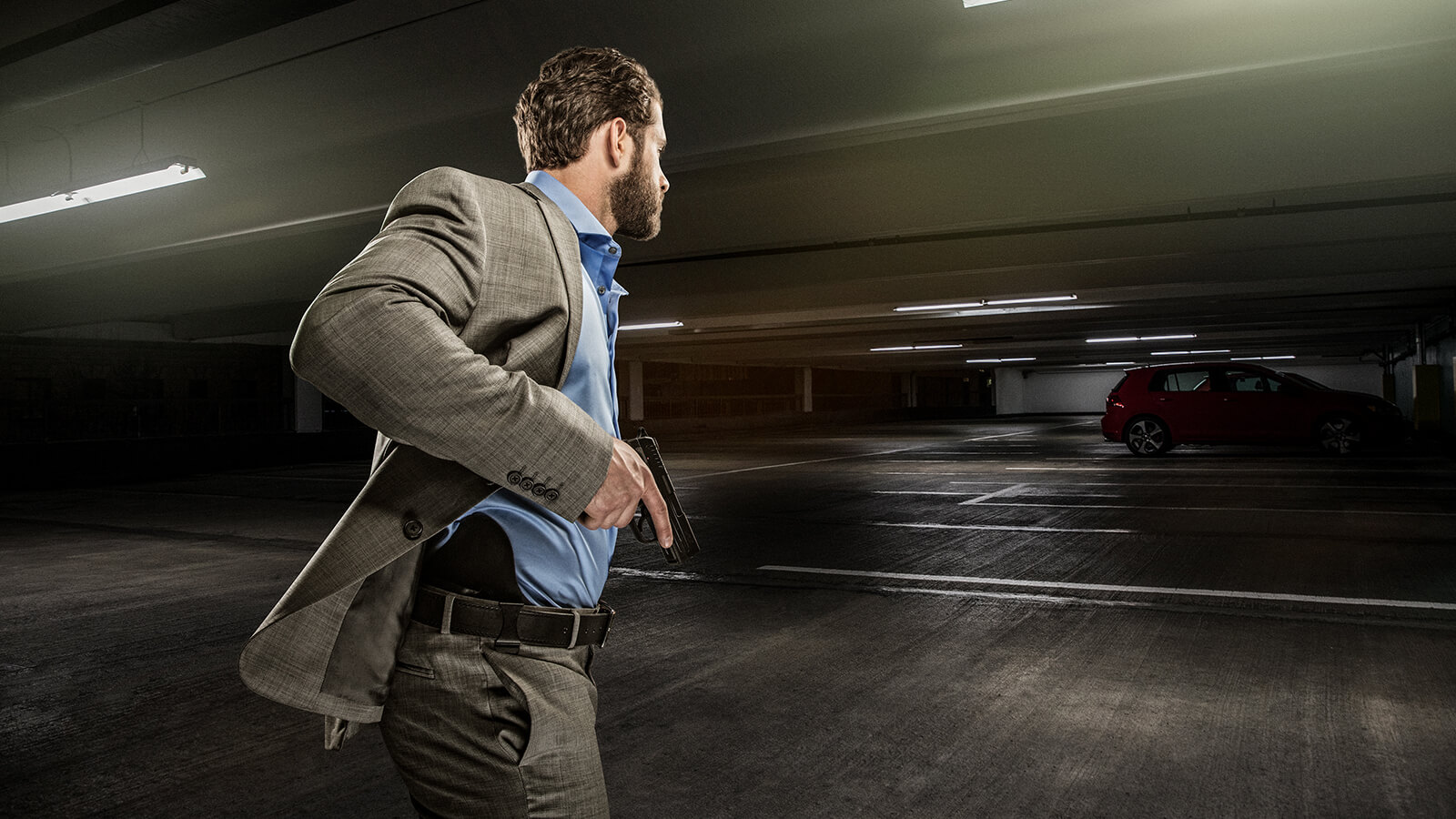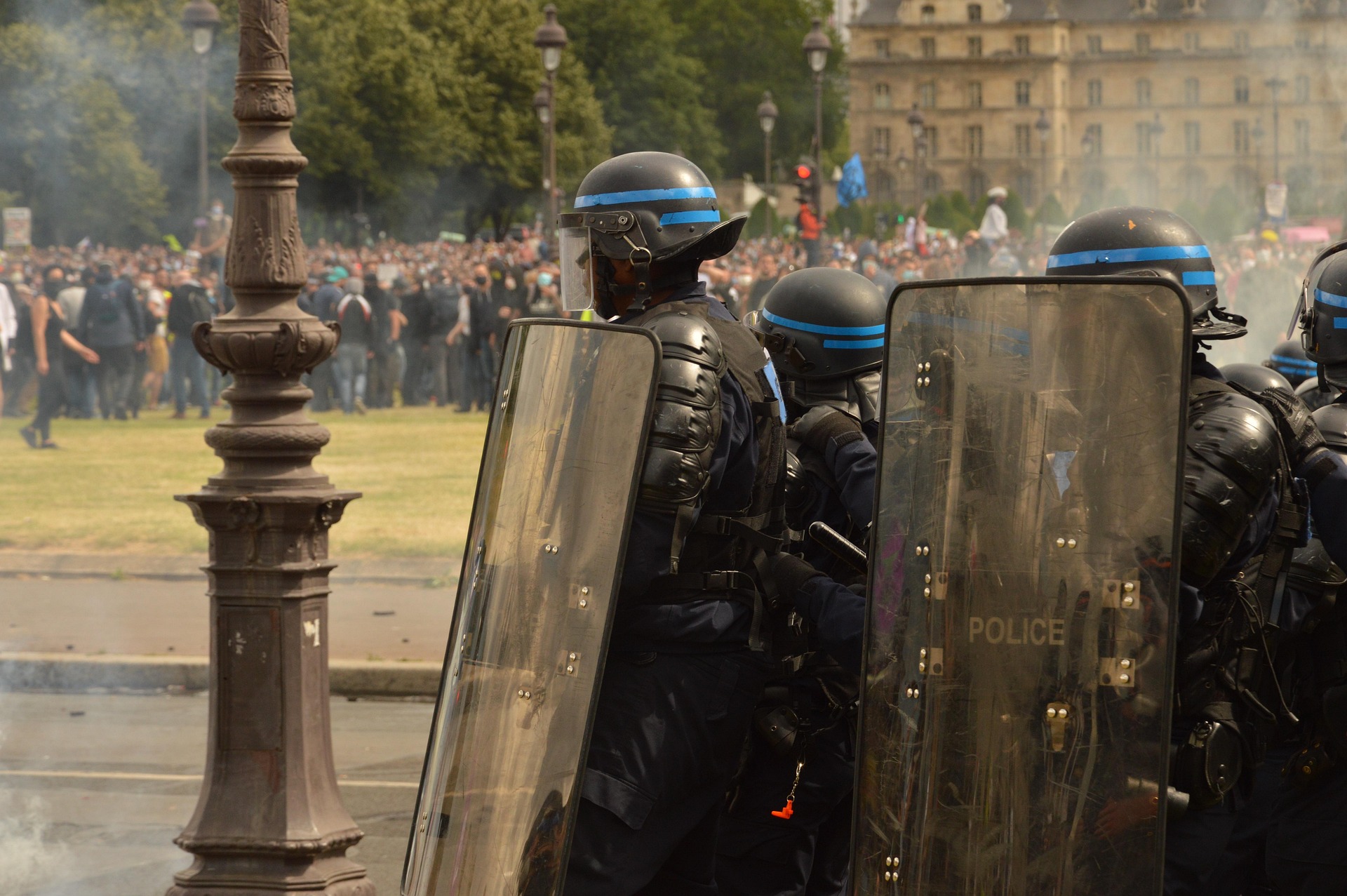Standard first aid manuals have the information you need to get victims of disasters to a medical facility, but what if none exists? What if the highest medical resource left is just you, the average citizen? Today’s topic is blunt trauma off the grid. What do you need to know to become a medical asset?
BLUNT TRAUMA
Blunt trauma is damage caused by the forceful impact of a blunt object, like a club, against the body. Blunt objects can cause all sorts of bruising, scrapes, fractures, or even organ ruptures. Sometimes, they can break the skin, although it’s not necessary to inflict a possibly life-threatening injury.
TYPES OF STRAIN IN BLUNT TRAUMA

Blunt trauma causes “strain” in internal structures. This can happen in several ways:
Tensile Strain: Tensile strain occurs as opposing forces are applied to the same point, something like pulling apart a wishbone at Thanksgiving or, perhaps, a tug of war.
Shear Strain: Shear strain also involves two forces applied to a structure, but not at the same point. Think of an old-timey circus strong man tearing apart a telephone book.
Compressive Strain: Compressive strain is directly related to deformation of an area of impact, similar to what would happen if I struck you in the ribs with a baseball bat or the jack collapsed while you were working under your car.
Overpressure: Overpressure is not unlike compressive strain, but applied to a fluid or gas-filled organ, crushing or rupturing it.
CAUSES OF BLUNT TRAUMA

There are many situations in disaster settings (or even everyday life) where you might be faced with a victim of blunt trauma. They include:
- Car Accidents: A leading cause of blunt trauma, especially to the head and chest.
- Falls: Falls can cause blunt trauma to various parts of the body. Some may be from significant heights, but most will involve elderly or infirm individuals who lose balance or consciousness from a standing position.
- Physical Assaults: Damage caused by being punched, kicked, or struck with a blunt object by another person. In normal times, contact sports are common causes of blunt trauma.
- Crush Injuries: Events that cause the victim to be crushed between objects (such as car crashes, machinery accidents).
CONSEQUENCES OF BLUNT TRAUMA

Blunt trauma can cause significant damage, depending on the location and severity of the injury. You might see:
- Bruises (Contusions): Known in medical-ese as “contusions,”, these happen when blood vessels under the skin are damaged, causing blood to leak into surrounding tissues.
- Fractures: Blunt force can cause broken bones, especially in the extremities or rib cage.
- Internal Organ Damage: Organs like the liver, spleen, or intestines can be damaged without being penetrated by sharp objects, leading to internal bleeding or rupture.
- Head Injuries: Blunt trauma to the head can result in concussions, skull fractures, or bleeding from vessels in and around the brain.
- Spinal Cord Injuries: Blunt trauma damaging the spine can cause pressure or other damage to the spinal cord, possibly leading to paralysis.
SOLID VS. HOLLOW ORGANS
 human liver (left) and human lungs (right)
human liver (left) and human lungs (right)
How well the body handles a particular strain differs dependent on the type of force and the tissue being stressed. The denser the tissue, the less elastic it is. As such, more of the energy is transferred to the tissue, causing more damage. Let’s compare the effects of blunt trauma to two organs: lungs and liver.
Lungs are relatively elastic and not dense. Therefore, lower velocity blunt trauma tends to be dissipated across the entire organ. This leads to less damage than a similar impact would cause to a denser solid organ like the liver. Even in penetrating trauma like a gunshot wound, the shock wave due to temporary cavitation causes a great deal more damage to a solid organ than one that is less dense or even hollow. Even the permanent cavity left by, say, a bullet, causes more injury to dense tissue.
For more information of ballistic trauma, click here.
SYMPTOMS OF BLUNT TRAUMA
Symptoms of blunt trauma vary depending on the severity and location of the injury. You might see:
- Pain
- Swelling
- Bruising
- Difficulty breathing or chest pain
- Abdominal pain, distention, nausea and vomiting
- Dizziness, confusion, or loss of consciousness
- Nausea and vomiting
- Pale, clammy skin (as a result of internal bleeding)
Internal bleeding can be difficult to identify in some cases of blunt abdominal or chest trauma. Victims may not show signs right away. That’s why close monitoring is so important in these cases. Drops in blood pressure, loss of skin color (known as “pallor”), and spreading bruises are signs of concern.
TREATMENT OF BLUNT TRAUMA
Treatment for blunt trauma depends on the specific injuries sustained and their location. It may involve:
- Pain management: Medications to relieve pain and discomfort.
- Wound care: Cleaning and dressing any open wounds, splinting sprains and fractures, controlling swelling, identifying and treating infection, etc..
- Surgery: Fractures, internal organ damage, or other serious injuries may require surgical intervention. Be aware that your options are very limited off the grid.
The medic must focus on preventing further injury and continue to assess the situation, keep the person still, and monitor breathing and alertness. This is particularly important if a head, neck, or back injury is suspected.
MOTOR VEHICLE ACCIDENTS

The most common causes of serious blunt trauma are motor vehicle accidents (MVAs) or falls from a significant height. In both these situations, large areas of the body are subjected to varying amounts of trauma. In car crashes, head-on collisions are most associated with death (60%) compared to, say, side-impact (20-35%) or rear end collisions (3-5%).
Rollovers are associated with a lower death rate (8-15%) than you might expect due to the fact that forces generated in the passenger compartment are randomly scattered to different parts of the car as it rolls. If the victim is somehow ejected from the vehicle, though, severity of injury and death rates are high, as the victim is traveling at the velocity of the vehicle and will likely strike an immobile object (like the ground).
Pedestrians hit by a car will have the knee as a first point of impact because the bumper is at about that level. As the (fractured and dislocated) lower extremities are pushed forward, the trunk and head are pushed forcefully down on the hood, causing fractured ribs, ruptured spleens, and head injuries. If struck by a truck or bus, the chest or abdomen will more likely be the recipient of the original impact.
FALLS FROM HEIGHT

Patients presenting with injuries in free falls fell from an average height of just under 20 feet. Fractures account for three-quarters of injuries with 19-22% affecting the spine. Intra-abdominal injuries usually affect the solid organs like the liver, with hollow organs like bowel or bladder perforated in less than 1% of cases. Most falls, however, are from people standing on the ground and losing balance or consciousness. Damage can still be severe, especially in the elderly.
In survival, it’s important to realize that not all trauma involves a bullet hole. Learn to recognize the effects of blunt trauma and you’ll have a better chance to succeed, even if everything else fails.
Joe Alton MD
 Dr, Joe Alton
Dr, Joe Alton
Read the full article here











Leave a Reply